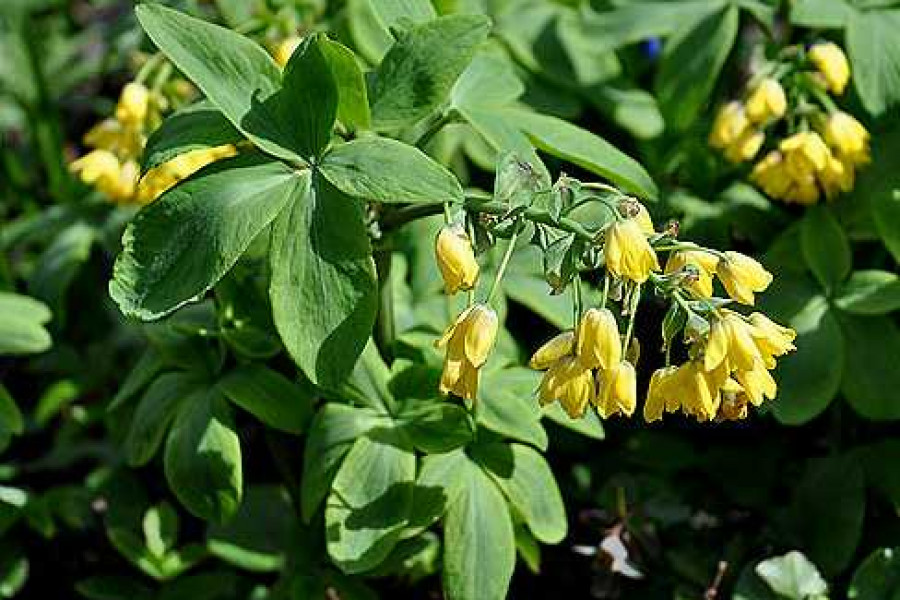Belongs to the barberry family, a perennial, underground tuberous plant that can be planted several times in a lifetime. Eversmann Leontice blooms and bears fruit in March-April. The flowers are yellow. In the thunderstorm 100-110 flowers. Few fruits. The plant forms a pear-shaped tuber underground. Blooms at the age of five to seven years. The plant in a short time completes the growth period and accumulates useful and nutritious substances in the tuber for various needs of its life activity. Eversmann Leontice is widespread in the Greater and Lesser Balkans, in the central Kopetdag. It grows mainly in sandy and hilly areas in the foothills, inside crops. The stock is sufficient for medicinal purposes. Tuber acts as a raw material. It must be collected in the spring. Especially between the last decade of March and the first decade of April. You will not be able to find it later. This is due to the fact that the upper part of the plant - the stem - dries up after April 20-25. The dug out tuber should be divided into two or three parts and dried in the usual way in the shade. The tuber absorbs 60-65% of water. The taste is bitter, not suitable for food. Contains up to 44-70% carbohydrates, triterpine saponins, leontamine, leontidin, leontin and other carotenoids. The tuber of the plant is a valuable raw material for the production of alcohol. It is not used as a starchy food because it contains a large amount of alkaloids. In Central Asian medicine, it is used to treat stones in the urinary tract. Splashing it on some open wounds is helpful. Pour the crushed tuber with a glass of boiling water, hold for a while and strain through cheesecloth. Take 1 to 2 tablespoons of the infusion 3 times a day for a year. This prepared tincture strengthens the gums when rinsed out. If you keep 1-2 tubers in a dry place, you will benefit.




